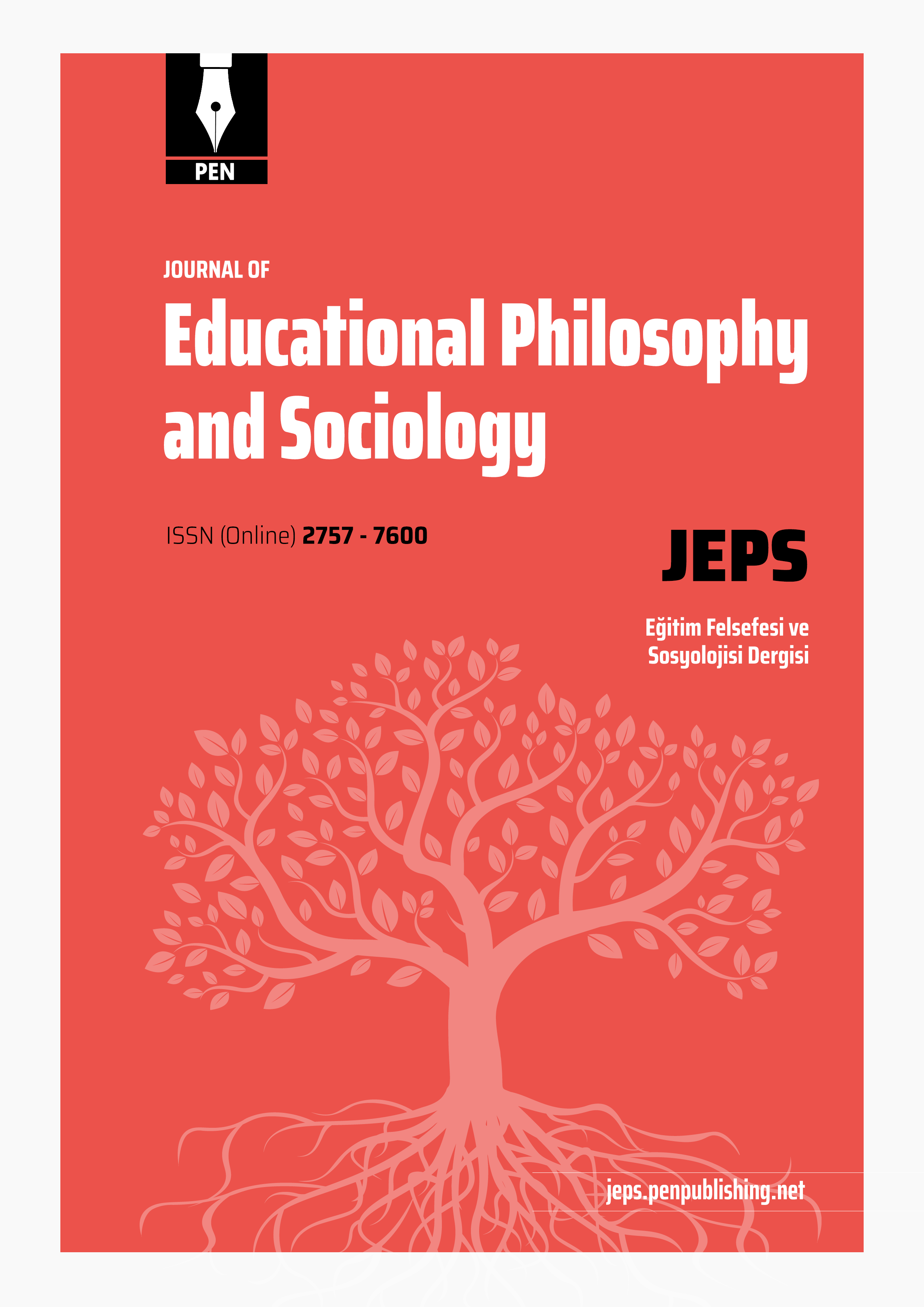- Akyol, H. (2006a). Türkçe ilk okuma yazma öğretimi. Pegem Akademi. [Google Scholar]
- Akyol, H. (2006b). Yeni programa uygun Türkçe öğretim yöntemleri. Kök Yayıncılık. [Google Scholar]
- Allington R. L. (2006). Fluency: Still waiting after all these years. In S. J. Samuels & A. E. Farstrup (Ed.), What research has to say about fluency instruction (pp. 94-105). International Reading Association [Google Scholar]
- Aytaç, A. (2017). Prozodi ile okuduğunu anlama arasındaki ilişki. Ana Dili Eğitim Dergisi, 5(2), 102-113. https://doi.org/10.16916/aded.286282 [Google Scholar] [Crossref]
- Aytan, N. (2015). Eşli okuma ve uygulama süreci. International Journal of Social Science, 32, 527-536. http://dx.doi.org/10.9761/JASSS2715 [Google Scholar]
- Başaran, M. (2013). Okuduğunu anlamanın bir göstergesi olarak akıcı okuma. Kuram ve Uygulamada Eğitim Bilimleri, 13(6), 2277-2290. https://doi.org/10.12738/estp.2013.4.1922 [Google Scholar] [Crossref]
- Baştuğ, M. & Akyol, H. (2012). Akıcı okuma becerilerinin okuduğunu anlamayı yordama düzeyi. Kuramsal Eğitim Bilimleri Dergisi, 5(4), 394-411. [Google Scholar]
- Benjamin, R.G., & Schwanenflugel, P.J. (2010). Text complexity and oral reading prosody in young children. Read. Res. Q., 45, 388–404. [Google Scholar]
- Bilge, H. (2023). More errors, better results? The relationship among high-stakes test achievement, reading error types, and reading fluency in different text types. Reading & Writing Quarterly, 39(6), 491-509. https://doi.org/10.1080/10573569.2022.2142923 [Google Scholar] [Crossref]
- Chomsky, N. (2010). Doğa ve dil üzerine (Çev. A. B. Karadağ). Sözcükler Yayınları. [Google Scholar]
- Ferrara, S. L. (2012). Literacy and the inclusive classroom. Nova Science Pub Inc. [Google Scholar]
- Flood, J., Lapp, D., & Fisher, D. (2005). Neurological Impress Method PLUS. Reading Psychology, 26(2), 147–160. http://dx.doi.org/10.1080/02702710590930500 [Google Scholar]
- Frey, N., & Fisher, D. (2018). Addressing unintended instructional messages about repeated reading. The Reading Teacher, 71(4), 441-449. https://doi.org/10.1002/trtr.1617 [Google Scholar] [Crossref]
- Güneş, F. (2016). Türkçe öğretimi yaklaşımlar ve modeller. Pegem Akademi. [Google Scholar]
- Heckelman, R. G. (1969). A neurological-impress method of remedial-reading instruction. Academic Therapy, 4(4), 277–282. https://doi.org/10.1177/105345126900400406 [Google Scholar] [Crossref]
- Hudson, A., Koh, P. W., Moore, K. A., & Binks-Cantrell, E. (2020). Fluency interventions for elementary students with reading difficulties: A synthesis of research from 2000–2019. Rasinky, T., Rupley, W., Paige, D., & Young C. (Ed.). In Reading fluency (p. 13-40). MDPI. https://doi.org/10.3390/educsci10030052 [Google Scholar] [Crossref]
- Karatay, H. (2014). Okuma eğitimi: Kuramdan uygulamaya. Pegem Akademi. [Google Scholar]
- Keskin, H. K., & Baştuğ, M. (2013). Geçmişten günümüze akıcı okuma. Türkiye Sosyal Araştırmalar Dergisi, 171(171), 189-208. [Google Scholar]
- Klauda, S. L., & Guthrie, J. T. (2008). Relationships of three components of reading fluency to reading comprehension. Journal of Educational Psychology, 100(2), 310–321. https://doi.org/10.1037/0022-0663.100.2.310 [Google Scholar] [Crossref]
- Kuhn, M. R., Schwanenflugel, P. J., Meisinger, E. B., Levy, B. A., & Rasinski, T. V. (2010). Aligning theory and assessment of reading fluency: Automaticity, prosody, and definitions of fluency. Reading Research Quarterly, 45(2), 230-251. https://doi.org/10.1598/RRQ.45.2.4 [Google Scholar] [Crossref]
- Mastropieri, M. A., Leinart, A., & Scruggs, T. E. (1999). Strategies to increase reading fluency. Intervention in School and Clinic, 34(5), 278-283. https://doi.org/10.1177/105345129903400504 [Google Scholar] [Crossref]
- Rasinski, T. V. (2010). The fluent reader: Oral and silent reading strategies for building word recognition, fluency, and comprehension. Scholastic. [Google Scholar]
- Rasinski, T. V., Padak, N. D., & Fawcett, G. (2010). Teaching children who find reading difficult. Prentice Hall. [Google Scholar]
- Rupley, W. H., Nichols W. D., Rasinksi, T., & Paige, D. (2020). Fluency: Deep roots in reading instruction. Rasinky, T., Rupley, W., Paige, D., & Young C. (Ed.). In Reading fluency (p. 1-11). MDPI. https://doi.org/10.3390/educsci10060155 [Google Scholar] [Crossref]
- Samuels, S. J. (1979). The method of repeated readings. The Reading Teacher, 32(4), 403-408. [Google Scholar]
- Topping, K. J., & Lindsay, G.A. (1992). The structure and development of the paired reading technique, The Journal of Research in Reading, 15(2), 120-36. [Google Scholar]
- Ülper, H. (2010). Okuma ve anlamlandırma becerilerinin kazandırılması. Nobel Yayın Dağıtım. [Google Scholar]
- Yılmaz, M. (2008). Kelime tekrar tekniğinin akıcı okuma becerilerini geliştirmeye etkisi. Türk Eğitim Bilimleri Dergisi, 6(2), 323-350. [Google Scholar]
- Yılmaz, M. (2009). Sesli okuma hatalarının tekrarlı okuma yöntemiyle düzeltilmesi. Milli Eğitim, 183, 19-41. [Google Scholar]
- Yılmaz, M. (2019). Okuma güçlüğü ve tedavisi. Gece Akademi. [Google Scholar]
|
